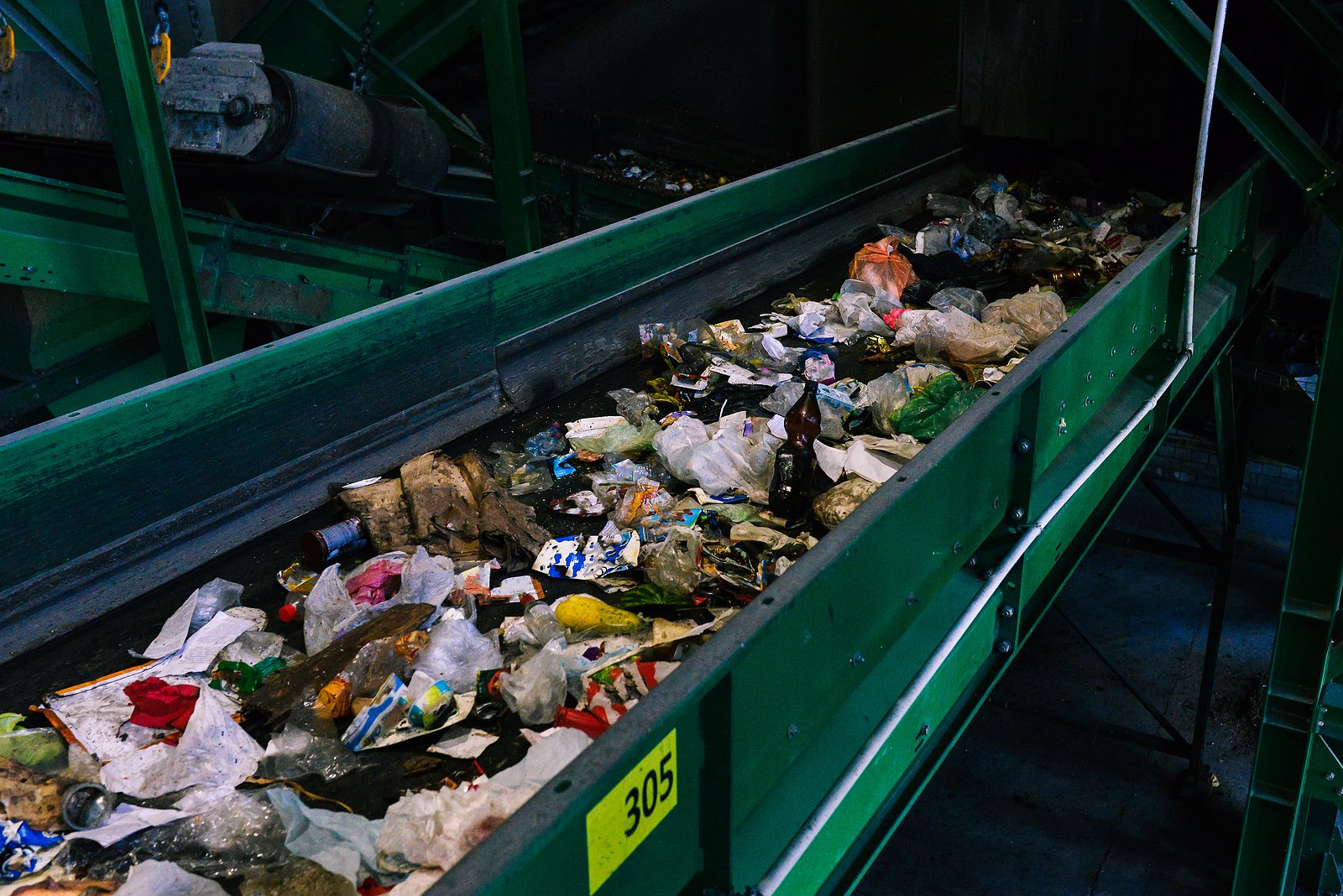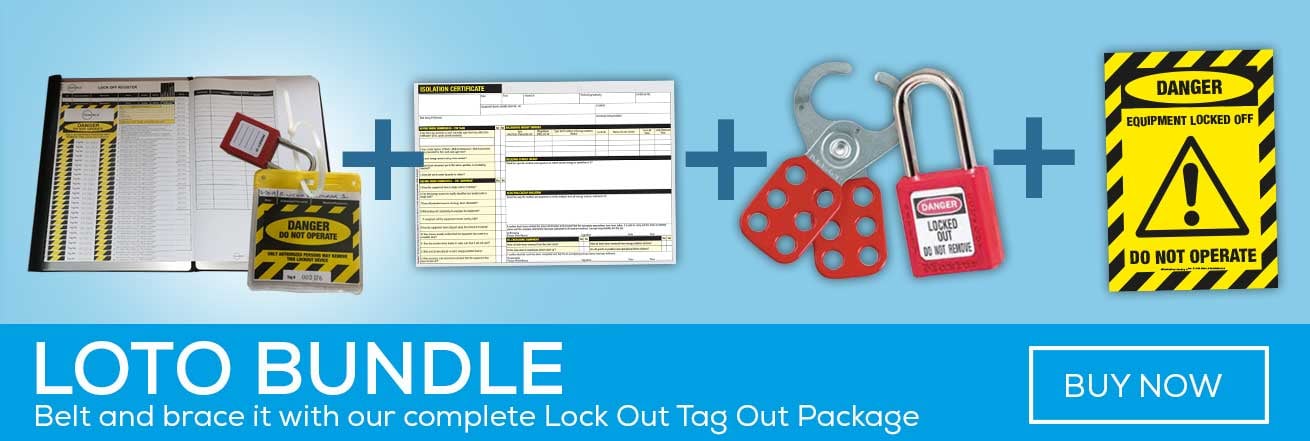HSE Waste and Recycling Site Inspections and Lock Out/ Isolation

The HSE recognises the waste and recycling as a ‘high risk sector’ because of the unacceptable number of fatal and serious injuries over the years. Working with the Waste Industry Safety and Health (WISH) Forum, an organisation dedicated to identifying, devising and promoting industry health and safety, the HSE has launched a programme of over 500 unannounced inspections across Great Britain, starting in October. Building on the latest research and guidance from WISH, the inspections will communicate and enforce messages about selecting the right machine for the job, optimising the process to reduce the need for interventions and safe lock off and isolation for when this is necessary.
WISH have published two specific formal guidance documents addressing these areas, Practical Guidance on Secure Isolation (Lock-Off) for Recycling and Recovery Machinery
and Principles of Machinery Safety Recycling and Recovery Plant. This article summarises the advice covered in the Isolation and Lock Off document.
Who is the guidance aimed at?
It’s worth noting that the guidance is not primarily aimed at large, sophisticated, and complex plants, such as WtE (waste to energy) plants and large and automated MBT and similar plants, although many of the principles will still apply. It is aimed at ‘typical’ smaller and medium to large sized plants, such as those comprising assemblies variously of conveyors, picking cabins, balers, screens, shredders, over-band magnets, optical sorting equipment and similar.
What machinery is high risk?
The types of machinery with the most potential to cause serious injury or worse are:
- Balers, shredders, and compactors
- Trommel, vibrating, finger and similar screens
- Conveyors of various types and other mechanical handling systems
- Over-band magnets, eddy-current devices, optical sorting, and similar specialist equipment
In the majority of serious injuries involving this equipment, a failure to securely isolate/lock-off effectively was a primary cause.
What is isolation and lock-off ?
Isolation is making a break in the energy supply to a machine in a secure manner so that it cannot be reconnected inadvertently. Such isolation and lock-off is most commonly achieved at recycling and recovery plants by turning an ‘isolation switch’ to the ‘off’ position and securing it such as by inserting a padlock, hence the common name of ‘lock-off’ often used to describe the process of achieving secure isolation. The critical point is that the energy supply cannot be reconnected until it is safe to do so.
What isn’t lock-off?
Just is importantly, the guidance is very clear about what isn't considered lock-off:
- Simply turning the machine off at the control panel or similar – someone could turn it back on while you are working
- Using an emergency stop. Emergency stops are intended to stop movement quickly and using one does not mean that all power sources have been shut in the correct sequence or that all forms of energy have been removed
- Relying on an interlock or similar – interlocks may be safety devices but will not provide a secure break in the overall energy supply. They may fail and can be defeated
- Putting a sign or tag on the switch or control panel warning that someone is working on a machine or stating ‘do not use’ or similar – someone could remove the sign or tag and turn the machine back on while you are working (warning tags and signs may be used to back-up lockoff but must not be used on their own)
When should you use a Lock off/Isolation procedure?
All machinery requires some form of ‘intervention’ at some point. This may be for maintenance or repair, for cleaning or to clear blockages and debris or similar. In waste recycling and recovery blockages and debris clearance is a common problem. Machines must be securely isolated/locked-off for ANY intervention which may expose a person to a dangerous part/danger zone, including:
- In-running nips at the tail, head, and deflection (also called change-of-direction) rollers on belt and similar conveyors
- Baler and compactor ram areas and bale/compaction chambers
- Baler wire, ruffler, wrapping and similar mechanisms
- Moving elements on shredders, bag-openers, screens and similar
- Chain, wheel, rotating shaft, cam etc drive components for conveyors, screens and similar
- Trap and shear points between moving elements, such as the slats on a slat conveyor, and the fixed structure of a machine
What’s the right way to handle these interventions?
You should be able to anticipate the circumstances where someone will need to come into contact with a danger zone and risk assess ways to do it safely, do it less often or potentially avoid doing it at all. For example, can the machinery be adapted with a scrapper bar, guard placement or safe reach tools so the operator is not accessing the danger points? Any conclusions should be reviewed regularly.
Isolation Switches
It sounds simple – turn the isolation switch to the ‘off’ position and secure it with a padlock. However, there’s some important questions you need to ask:
- Does the isolation switch cover ALL moving machine parts upstream and downsteam of the process
- Is the switch damaged - the best defence against this type of issue is to prove isolation by completing a test restart before work commences.
- The design of isolation switches differ, make sure you know how your one works and how to position the padlock?
- Make sure there’s no confusion about what is being locked off by using unique asset numbers and unambiguous ID e.g. terms such as left and right are not useful as they are interchangeable depending on which side of the machine you are facing
- Where there are multiple isolation switches, ensure this is clearly covered in your Lock-out procedure
How to use padlocks
Effective lock-off relies on a machine not being turned back on whilst somebody is working on it. To achieve this, personal padlock keys MUST be retained securely by the person doing the work. Additionally:
- Padlocks must be of a suitable quality, robust and capable of being inserted into isolation switches and lock-off plates or boxes
- When purchased padlocks should be checked to ensure that they can only be opened by their individual key – one-key-one-padlock is the rule
- Damaged, worn, and missing padlocks must be replaced
- Lock-off padlocks should only be used for lock-off and not ‘borrowed’ for any other purposes
- Combination padlocks must not be used
- Padlocks with a ‘master’ key which can open multiple padlocks must not be used
Spare keys must be kept secure with access only by a manager or similar responsible person. Or a simpler and effective method is that when new padlocks are purchased that all but one key for each padlock are disposed of – that is there is only one key available for each padlock. If a padlock needs to be cut-off because of a lost key, then padlocks are cheap to replace
A worker might leave site or the work area without releasing their padlock, in this situation, 100% care MUST be taken that the missing person is located before attempting to remove the padlock ie: Word-of-mouth statements such as ‘they have gone for a cup of coffee, or to the shop for a sandwich’, or ‘they felt ill and had to leave suddenly’ should not be relied on
Where there is more than one person involved in the intervention each person must have their own padlock and key, so that all padlocks need removing before the machine can be turned back on. Some designs of isolation switch allow more than one padlock to be fitted, but many do not, and even those designed to accept more than one padlock rarely accept more than three. There are two basic methods which can be used: lock-off plates and lock-off boxes.

Retained Energy
Most recycling machinery is powered by electricity, but often has other energy sources such as hydraulic or air systems, which mean that the machinery is still capable of moving after lock-off is in place. This is called retained energy. Examples include:
- Hydraulic/air systems which retain pressure – parts could move under pressure after lock-off
- Sprung parts which could move after lock-off as the spring expands
- Parts which could move under gravity or weight after lock-off such as a conveyor which may move backwards if it is loaded, a trommel screen which may rotate under the weight of persons in it clearing a blockage, or a vertical baler plate which could move under gravity
- Spinning and other moving parts, such as the blade components of a fast-moving shredder, which could continue to rotate for some time after the power has been turned off
The issue of retained energy must be considered in the lock-out process by keeping the stored energy in the system or ensuring it has been removed. Some typical examples are:
- Scotch bars or pins may need to be inserted to prevent parts moving after lock-off or hydraulic or air systems depressurised before work starts.
- For items such as trommel screens ensure at least one drive motor is braked to prevent rotation during work.
- For spinning and other parts which may continue moving, a time delay may be needed to allow them to stop fully before work starts.
Documenting the Lock-Out process
Relying on word-of-mouth or someone’s memory for a critical control such as lock-off is asking for trouble. Writing your procedure down reduces the risk of this and gives a clear training roadmap. In your write up clearly identify the machine and parts, authorised personnel, the interventions, the danger zones and any issues such as retained energy or multiple switches. Give full explanations, use photographs and check with your operators that it’s clear and practical.
Conclusion
Whatever secure isolation/lock-off process you put in place, it will be reliant on those involved doing the ‘right thing’ first time every time. It’s not enough to create a great, well-thought through lock-out process, it then needs to be effectively communicated, monitored and enforced.
As the most common cause of waste and recycling fatalities in Great Britain, effective lock-out is an issue which you cannot take a ‘soft line’ on. If a worker has been trained in lock-off and knows how to lock-off but fails to do so you must act - if required up to and including dismissal.
About SG World
SG World have a whole range of practical solutions to help keep your waste and recycling facilities safe and productive. Our Lock Out Tag Out kit is a brilliantly simple way to lock out and tag out your equipment, ensuring that its power supply is fully isolated, locked-out, and that all staff are aware of its status prior to maintenance repair work and inspection.
About Lisa Robinson
Lisa - word smith to the gods.
Tags: Health & Safety, Waste & Recycling, LOTO

.jpg?width=1600&name=bigstock-Lock-Out--Tag-Out-Lock-Out-S-308454460%20(2).jpg)
